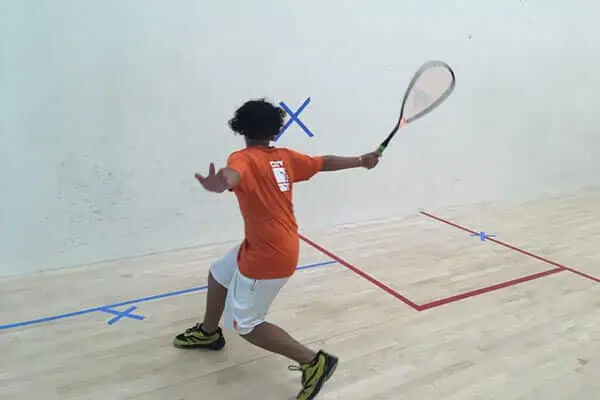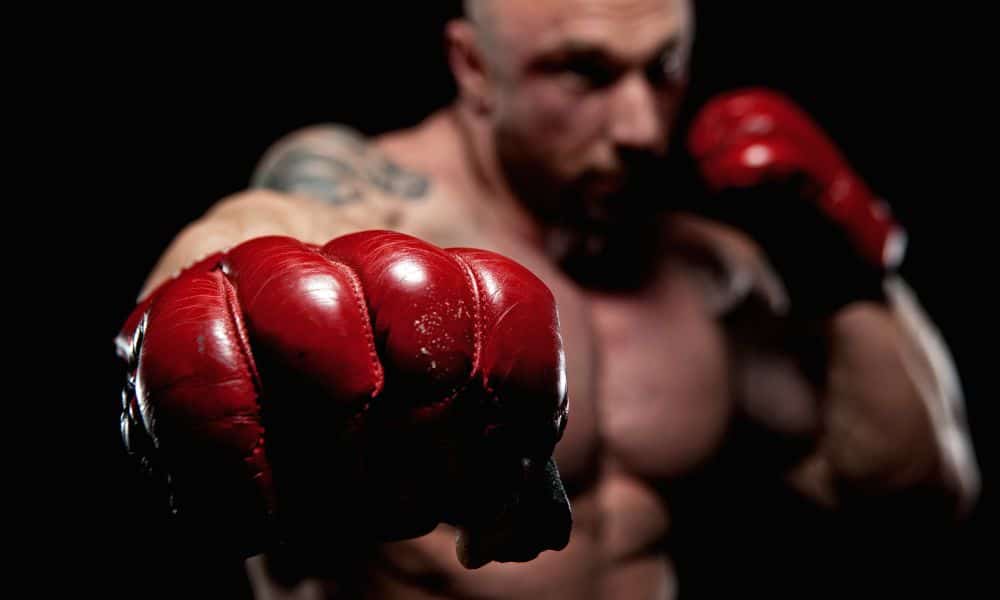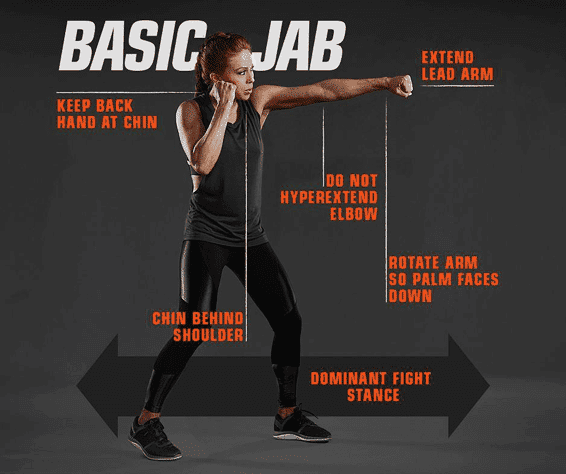What are the best types of racquetball stretches? Racquetball is a sport that reached the height of its popularity between the 1950s and 1980s; however, even today, it has a lot of fans. The reasons for this are pretty straightforward. It’s an effective form of cardio, enjoyable, and gives you a hobby for years.
However, it’s a far more demanding physical activity than many expect. Therefore, without a proper warm-up, you might be prone to injuries.
Warming up before extreme physical activity is crucial for preventing injury. If you let the blood flow through your body during the warm-up, it will become much more resilient to many sprains. A proper introduction to physical activities will also reduce the soreness in the aftermath.
Contrary to popular belief, while stretching before aerobic exercise is a priority, you must also stretch before anaerobic exercise. Thus, stretching is something that you should do both pre-and post-workout.
You will also loosen your joints and boost your physical performance by stretching. To get all of this and reliably prevent injury, you must take 5 minutes before your next game of racquetball to get ready.
Here are some exciting ideas on how to do racquetball stretches.

Ballistic Stretching
There are several significant types of warm-ups, and ballistic is one of them. These are the exercises that improve flexibility. Out of all these types, ballistic stretches are the most controversial because they push your muscles further to their comfort limits. However, this is why ballistic stretches are essential for martial artists and ballet dancers.
The idea behind ballistic stretch is to make a sudden movement that would allow you to increase your flexibility. You need to jerk your body suddenly and use this momentum to hyper-expand.
Some famous exercises are shoulder rotations, standing lunge, and other swinging activities.
Dynamic Stretching
This type of stretching is quite popular because it’s often sport-specific. This means simulating everyday movements for the sport. Perform dynamic stretching slower to minimize the likelihood of injury.
To understand this type of stretching, you must understand what muscle spindles are. Making the same motion slowly and repeating it quickly is not the same. Instead, muscle spindles are “sensors” which recognize higher speed. As a result, they act to prevent your body from overstretching, and the inertia caused by this sudden halt can cause an injury.
Because racquetball is incredibly dynamic, these stretches may significantly affect your actual performance in the sport. So regularly performing these stretches before the game might be your answer to how to get better at racquetball. Some of these exercises are a side shuffle, walking knee to chest, lunge walk with a twist., heel-to-rear jog, etc.
Static Stretching
Static stretching is the simplest and safest way to warm up your body. The benefits of these stretches are that, when done right, they’re always pain-free.
In addition, their advantage is that they efficiently increase flexibility. The concept behind them is that you put your muscle in a non-default position and keep it there for over 10 seconds before releasing them.
Many of these stretches are techniques you probably already know (or have at least seen other people do). Overhead triceps stretch and biceps stretch are the two most popular types. Start by seeing how your arms will be incredibly active during the average racquetball game. Try the seated butterfly, cobra pose, and head-to-knee forward bend for racquetball stretches.
It would be best to do static stretching before and after an exercise for maximum effect. This will speed up your recovery process, allow you to maintain your range of motion, and bring down your heart rate.
Proprioceptive Neuromuscular Facilitation
The PNF is the concept of hold-relaxing, contract-relaxing, and rhythmic initiation for stretching. Most commonly, conduct these exercises with some help. For instance, you can lie on the floor and raise your leg, with your partner providing you with resistance. This allows you to contract hamstrings isometrically. Doing this for 6 seconds increases your flexibility and lowers the likelihood of getting injured or even sore.
While PNF is a great pre-workout, its role is irreplaceable in facilitating rehabilitation in the post-workout stage. Combined with adequate supplements and nutrients, it can improve your recovery process.
What’s so great about these exercises is that there’s always a combination of movements involved, which is vital to prepare you for racquetball. So it’s always flexion-extension, adduction-abduction, and rotation.
Neutral Stretching
Nothing is more important for someone suffering from sciatic pain than stretching your neck, shoulder, or pelvis area. These are the so-called neutral racquetball stretches.
Now, one way to ensure this doesn’t become a problem is to make a stretching schedule. An efficient way is to start from your neck and move downwards. Instead of remembering which stretching exercises you’ve skipped, you should think about the areas of your body that you still have to stretch.
Experts call these types of stretches neural tension tests.
These stretches can take as little as 3-4 seconds, so the entire rotation can be over in 1-2 minutes. Combined with other entries on this list, this should cover everything.
Final Words
Even though all the exercises we’ve described may sound confusing, it will take about 5 minutes to stretch once you develop a routine. The benefits of doing so are:
- Better performance
- Lower likelihood of injury
- More enjoyable games
These three things are more than worth these 5 minutes.
Still, this is not all there is to injury prevention. Your general conditioning, restfulness, nutrition, and focus are also essential. You know your body best, which is why you need to know which moves you can’t do (or at the moment) and when you should call it quits.
Getting injured will not just ruin the game; it will keep you out of the gym in the foreseeable future. You can’t allow this, and racquetball stretches will help you do so.




